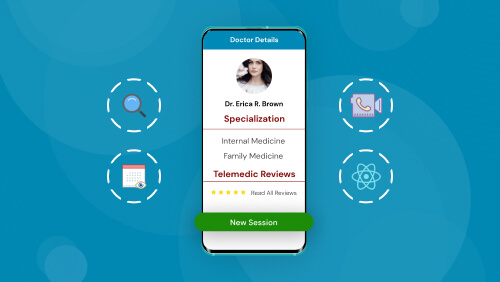Speed is the watch word in today’s world, where doing things quickly has become more important than doing them accurately. Unlike everyone else in the team, web developers are usually seen putting up fires all day to juggle with development process. They are expected to get used to the tradeoffs in the entire process.
Web development process comes with avalanche of uninvited errors that could ruin your web development project, if not watched out. Web developers are often caught up doing some common mistakes and consequently lead to bigger problems.
Here are top common errors that your web developer is probably doing:
Overlooking web standards
Web developers show less respect for W3C consortium web standards. They know what web standards are, but don’t go that extra mile to comply with them. Ignoring them can deprive a web application from benefits like achieving more stable web, reducing development time, building device-independent websites and backward compatibility. To comply with the standards web developers should avoid
- Not defining the document type or using wrong doc types.
- Improper formatting of HTML
- Making use of tags that are not a part of HTML standards
- Missing character encoding
- Not using a code validator
Overestimating the choice of frameworks
Of course it is necessary to make the right framework choice, but then spending too much time is something experts would not suggest. Some of the developers tend to spend unnecessary energy and time in choosing the framework. Today systems are compatible to each other, which eliminate the need to spend time in selecting the framework.
Not Adhering to SEO practices
SEO techniques are nothing but some obvious practices you need to follow to make website visible on internet. There is no rocket science in mentioning the name of whatever you’re buying in the URLs and page titles. However, developers still don’t do it! Whatever the reasons are, but your website is missing out on a good amount of profit by forgetting SEO considerations. Adding relevant keywords, h1-h2 tags, alt/title tags for images, adding a site map—all this comprises 90% of SEO.
What You See Is What You Get or WYSIWYG
First off, if someone is using this editor he is a perpetual amateur and not a web developer. WYSIWYG is nothing but a template that restricts web developers from pushing their capabilities to an extraordinary level. For quick results, web developers fall into the trap of focusing on how things look and miss out on structuring the website. Different operating systems, different browsers, screen resolutions, window sizes, and fonts-all this demands variations, which is impossible using WYSIWYG.
Leaving browser testing for the closing stages
Lazy web developers often leave browser testing for the end. More interestingly some of them overestimate their skills and do not test at all. This is a serious trouble maker that can ruin the entire web experience. All browsers have various bugs or quirks, which can be corrected if tested at early developmental stage. Plus, different browsers handle things differently. Also, sluggish developers tend to implement browser-sniffing for quick fixing errors, bugs or quirks, which is a horrible escape to the required hard work during the web development process.
Using CAPTCHAs
There is always a tradeoff between ease of access and spam protection on the website in a web development process. However, if we take a look at the reviews, users hate CAPTCHAs. They might not be 100% successful in restricting spammers’ bots but are doing really well in keeping out people with special abilities. Developers should avoid using CAPTCHAs and can use better alternatives like checkboxes, or verified sign-in.
Incompatibility with different text sizes
Stiff text sizes create problems when web users magnify or minify the text sizes for easy readability. At times the text overflows and at times it overlaps. It always advisable to avoid using less flexible text sizes for any web application.
Using fixed file paths
Portability and least maintenance should come first on every developer’s priority list. However, unfortunately they make use of hard-coded database connection strings and fixed-file paths. This makes the codes flexible and consequently less portable. A flawless web-application should run perfectly wherever the files are located. It must work without glitches on different web server combinations.
These are some major pit-falls a novice or inexperienced website developer can fall into. Other than these there are also some more slip-ups that can put your profits at stake. Some of them are using browser specific CSS, rewriting the old code time and again, lack of semantics, over-dependency on JavaScript and wrong use of flash. There is a long listing of errors to watch out for. Avoiding them could bring you all the dollars internet has to offer.
If you are thinking of building a website, we are a team of developers and designers with specialization in various technologies. You can REACH OUT TO US HERE.
Stay Tuned for Latest Updates
Fill out the form to subscribe to our newsletter








